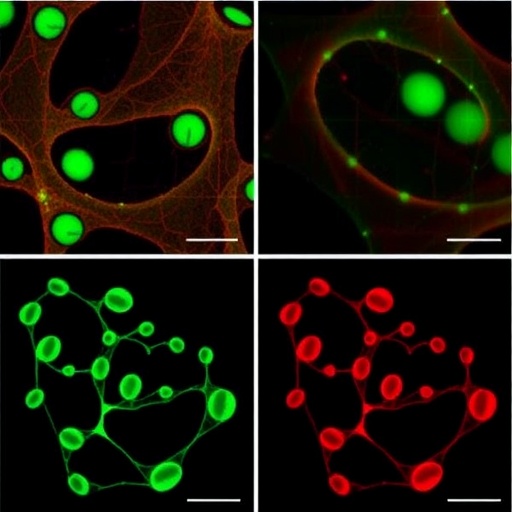
PITTSBURGH, July 25, 2017 – How an adolescent uses marijuana, in particular a pattern of escalating use, may make an adolescent more prone to higher rates of depression and lower educational accomplishments by the time they reach adulthood. Those findings come from a new study led by researchers from the Department of Psychiatry at the University of Pittsburgh School of Medicine and Pitt Department of Psychology published today in the journal Addiction.
“We know that cannabis use in adolescence is associated with outcomes like lower educational level, and difficulties with mood and depression, but through this long-term study, we’ve been able to provide a much deeper insight into this relationship, showing that certain characteristics of use may be more important than others,” said Erika Forbes, Ph.D., professor of psychiatry, psychology and pediatrics, and lead author of the study. “The findings highlight that understanding marijuana use across the entire period of adolescence, which we know is an extremely vulnerable developmental phase, may tell us much more about detrimental long-term impacts than knowing about overall or one time use.”
Researchers analyzed 158 boys and young men from Pittsburgh who were part of The Pitt Mother & Child Project (PMCP), a long-running longitudinal study of males at high risk for antisocial behavior and other psychopathology based on low income, family size and child gender, led by Daniel Shaw, Ph.D., distinguished professor of psychology at the University of Pittsburgh.
At age 20, the young men self-reported annual cannabis use characteristics for every year since they started use during an interview. Each man’s brain was also scanned using fMRI to assess functional connectivity in the brain’s reward circuit. The study participants completed questionnaires at ages 20 and 22 that examined psychosocial outcomes measuring depression and educational attainment.
The researchers analyzed frequency of cannabis use from ages 14 to 19 to determine the relationship between use during adolescence and psychosocial outcomes. In an unexpected finding, boys who started occasionally using cannabis around 15 or 16 years old and had a dramatic increase in use by the time they were 19 had the greatest dysfunction in brain reward circuitry, the highest rates of depression and the lowest educational achievements.
“We expected to see that the young men who had a high, consistent level of marijuana use would have differences in brain function. However, it turned out that those who had an increasing pattern of use over their teens had the biggest differences,” Forbes added.
“Though the results do not show a direct causal link, it’s important to note that even though most people think marijuana isn’t harmful, it may have severe consequences for some people’s functioning, education and mood,” Forbes said. “While that may seem unimportant at age 20, the level of education you receive will likely have a huge effect on your quality of life and socioeconomic status later in adulthood.”
###
Additional authors on this research are Sarah D. Lichenstein, M.S., Samuel Musselman, B.S., Daniel S. Shaw, Ph.D., and Stephanie Sitnick, Ph.D., all of Pitt.
The research was supported by the National Institutes of Health grant number R01 DA026222 and the National Science Foundation grant number GRFP DGE-1247842, with additional funding from the National Alliance for Research on Schizophrenia and Depression and the Klingenstein Third Generation Foundation.
About the University of Pittsburgh Schools of the Health Sciences
The University of Pittsburgh Schools of the Health Sciences include the schools of Medicine, Nursing, Dental Medicine, Pharmacy, Health and Rehabilitation Sciences and the Graduate School of Public Health. The schools serve as the academic partner to the UPMC (University of Pittsburgh Medical Center). Together, their combined mission is to train tomorrow’s health care specialists and biomedical scientists, engage in groundbreaking research that will advance understanding of the causes and treatments of disease and participate in the delivery of outstanding patient care. Since 1998, Pitt and its affiliated university faculty have ranked among the top 10 educational institutions in grant support from the National Institutes of Health. For additional information about the Schools of the Health Sciences, please visit http://www.health.pitt.edu.
http://www.upmc.com/media
Media Contact
Ashley Trentrock
[email protected]
412-586-9776
@UPMCnews
http://www.upmc.com/Pages/default.aspx




